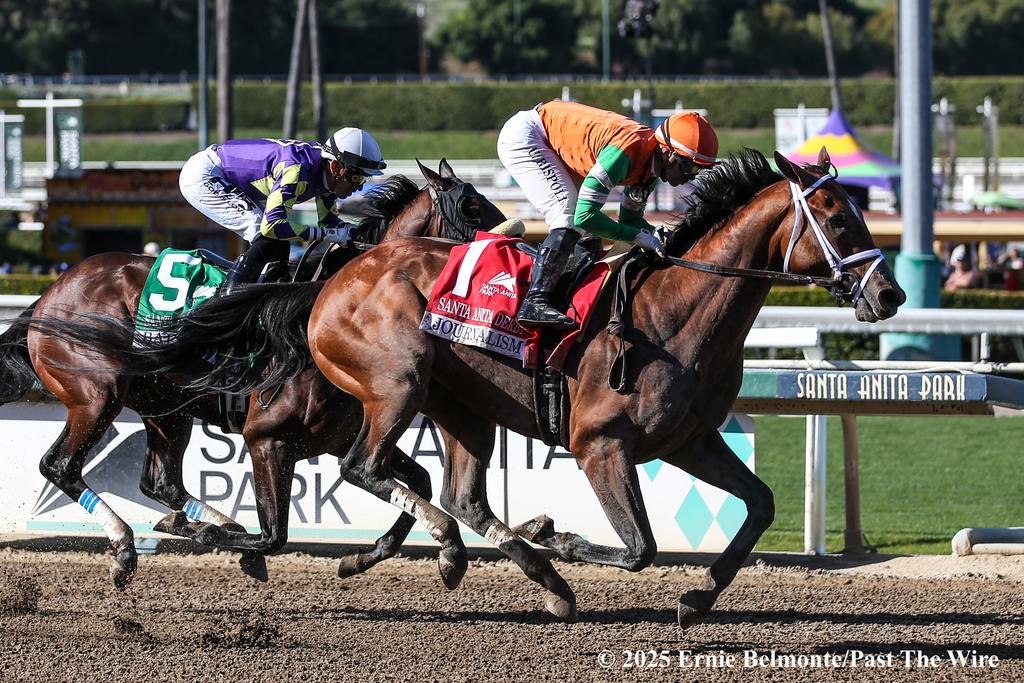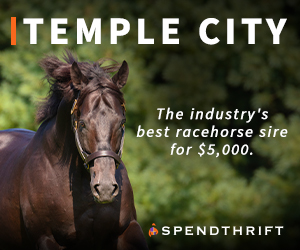
The Kentucky Derby, affectionately known as the “The Run for the Roses,” is more than just a horse race; it’s a spectacle of tradition, athleticism, and high-stakes betting. Every year, millions gather to watch this illustrious event unfold, and for many, placing a bet on the Derby is part and parcel of the pomp, ceremony and tradition.
But successful betting isn’t just about luck. Every race provides a wealth of data, patterns, and insights waiting to be uncovered. This article will take you behind-the-scenes of the Kentucky Derby and provide valuable insights that will inform your successful Kentucky Derby betting strategy.
The History and Legacy of the Kentucky Derby
The Kentucky Derby has been a jewel in the crown of horse racing since its inception in 1875. Held annually at Churchill Downs in Louisville, Kentucky, it marks the opening leg of the esteemed Triple Crown series. The grandeur of the event, paired with its longstanding traditions such as the well-known and much-loved Mint Julep cocktail, chocolate-walnut Derby Pie and extravagant couture, attracts racing enthusiasts and bettors from all over the world.
However, the Derby is not just a cultural and stylistic highpoint of the racing calendar, it’s also a high-stakes affair that generates millions in wagers each year.
To stand out from the crowd and thrive as a bettor, understanding the race’s intricacies is key.
Why the Post Draw Matters
One critical factor to consider when placing bets on the Kentucky Derby is the post draw. Each horse is assigned a particular starting gate, and this placement can significantly impact the race’s outcome.
The Advantages of Inside Gates: Horses starting from inside positions (e.g., gates 1-5) have a shorter distance to cover around the first bend. However, these horses risk getting boxed in by competitors,
Middle Draw Sweet Spot: Horses in the middle gates (e.g., gates 6-10) often strike a balance between position advantage and ample room to maneuver,
Outside Gates: While the widest starting spots offer a clear path, horses here often travel a longer distance, which can be a disadvantage in a race as fast-paced as the Derby.
When analysing the post draw, consider not only the horse’s starting position but also their running style. For example, front-runners may benefit from inside positions, while sprinters that prefer to start slow might thrive on the outside.
Trainer and Jockey Impact
Much like any professional sport, expertise matters. A well-trained horse can make all the difference, but a strategic jockey can turn even an underdog into a contender. Here’s why:
Reputation and Record: Trainers such as Bob Baffert and Todd Pletcher have solid track records in the Kentucky Derby. Horses trained by these industry veterans often attract significant attention and for good reason,
Jockey Strategy: The jockey’s skill and familiarity with the horse are pivotal. Experienced jockeys often know when to push a horse to its limits and when to conserve energy for a final sprint. Researching the trainer-jockey pairings for insights into their history together can provide valuable context for your betting strategy.
The Role of Track Conditions
The Kentucky Derby is run on a dirt track, but weather conditions can greatly influence the race. For instance:
Dry Conditions: A dry, firm track tends to favor horses with strong sprinting abilities. Watch for entries with fast workouts leading up to the Derby,
Wet Conditions (“Sloppy Track”): Rain can create a muddy or sloppy track, which some horses and jockeys handle better than others. Check the horse’s past performances in wet conditions to gauge its adaptability.
Watching the weather forecast in the lead-up to Derby Day can give bettors an edge when making last-minute decisions.
Decoding Kentucky Derby Odds
One aspect that often confuses novice bettors is understanding how odds work in pari-mutuel betting. This is the system used at the Kentucky Derby where all bets are pooled, the house takes a cut, and winners share the remaining amount proportionally based on their wagers.
Favorites vs. Long Shots: Horses with lower odds (e.g., 5-1) are favorites and are perceived to have a higher chance of winning. While favorites typically place well, long shots (e.g., 30-1) can offer significant payouts to those willing to take the gamble,
Line Fluctuations: Odds shift as bets are placed and money pools grow. Horses that see increased betting activity may have their odds drop, while others’ odds might lengthen.
To find value, focus on horses whose odds reflect potential value rather than popularity.
Key Data to Analyze
To sharpen your Kentucky Derby betting, consider analyzing a mix of historical and current data, such as:
Past Performance Reports (PPRs): Evaluate a horse’s running history, including speed, endurance, and outcomes in similar races,
Workout Times: Check how horses perform in morning workouts leading up to the Derby, paying attention to their times and behavior under pressure,
Prep Race Results: Horses competing in the Derby often run in prep races leading up to the event, such as the Florida Derby or Santa Anita Derby. Reviewing these results can indicate form and fitness.
By combining these data points with trainer and jockey insights, bettors can make more informed decisions.
Exploring Different Types of Bets
The Kentucky Derby offers a range of betting options, suited to both novices and seasoned bettors:
Straight Bets:
Win: Your horse must finish first to win,
Place: Your horse must finish first or second to win,
Show: Your horse must finish first, second, or third to win.
Exotic Bets:
Exacta: Predict the first two finishers in the correct order,
Trifecta: Predict the top three finishers in the correct order,
Superfecta: Predict the top four finishers in the correct order.
While exotic wagers offer higher potential payouts than straight bets, they require greater accuracy and insight – and carry more risk.
Lessons from Past Kentucky Derbies
History has a way of repeating itself, and the Kentucky Derby is no exception. Some trends from past races worth noting include:
Favorite Success Rate: Historically, favorites have won roughly 35% of the time in the Derby. However, recent years have seen some notable upsets,
Pace Makes the Race: The pace of the race often determines whether front-runners or closers dominate. Analyzing pace predictions can help identify likely contenders.
Sharpen Your Edge for the Next Derby
Success at the Kentucky Derby isn’t just about betting; it’s about understanding the complex interplay of preparation, strategy, and gut instinct. By taking a closer look behind the scenes, analyzing data, and factoring in key elements such as trainers, jockeys, and track conditions, bettors can gain valuable insights to enhance their strategy.
While the thrill of the race is irreplaceable, the right preparation can make the experience all the more rewarding.



